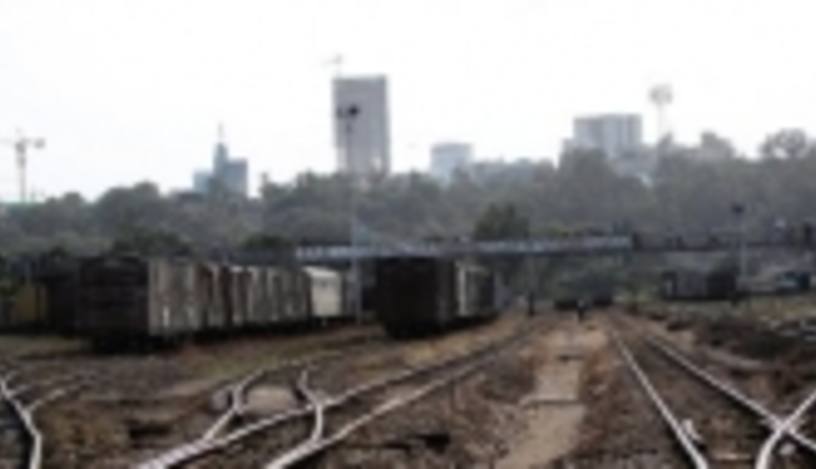Fifteen years since the re-establishment of the East African Community (EAC), a short drive out of Kenyan capital Nairobi’s main airport will testify to the already fairly deep economic integration within the region. Lining the roads, billboards advertise banks, airlines, telecommunications firms and retailers operating across east Africa. Many people have travelled from a neighbouring country to work, reflecting the increasingly free movement of labour.
The EAC is hailed by many analysts as the most successful of sub-Saharan Africa’s regional blocs, despite its often slow progress towards further economic and political integration. “The EAC has come a long way and is one of the better functioning regional economic communities in Africa,” says Hannah Waddilove of Oxford Analytica, a risk analysis firm.












